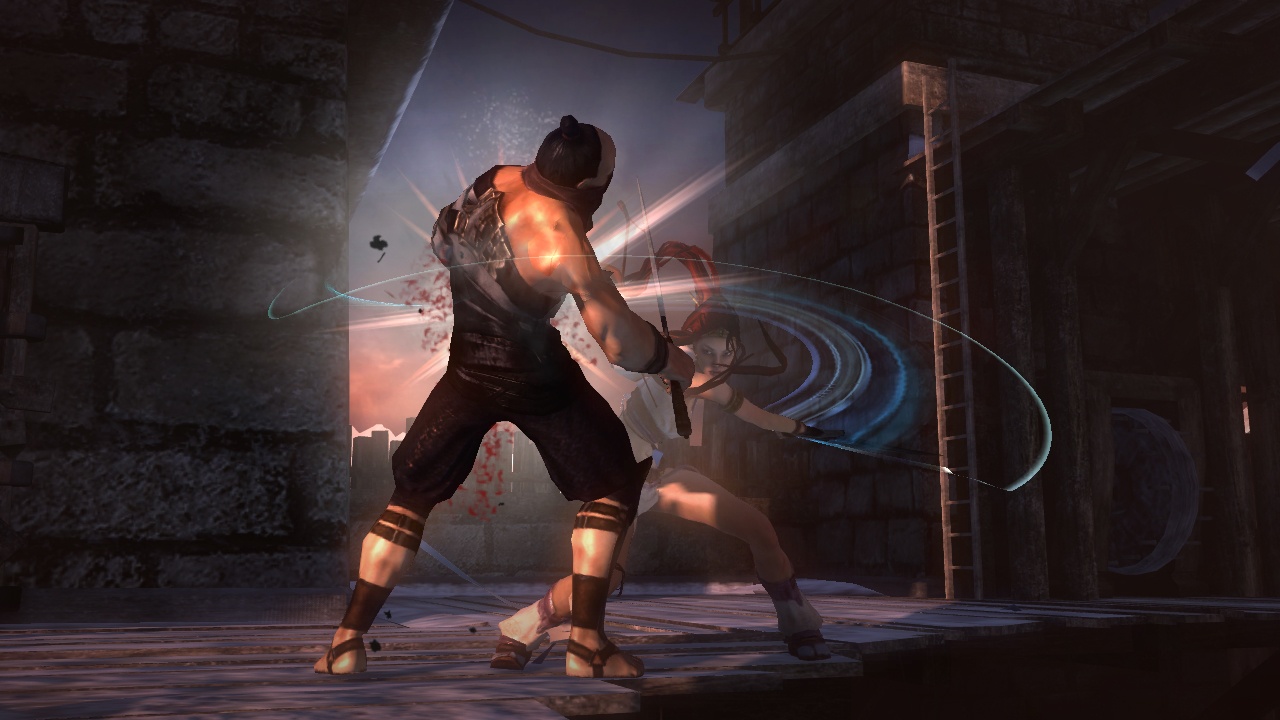
Turangi, Tangotango, and Tongatonga are all names for one being, evidently a personification, and that he mated with Moeahuru, or Hine-te-Ahuru, to produce the heavenly bodies. They are as follows: “ Na Turangi te marama,” and “ I a Turangi te marama, i a Tunuku te ra.” We now see that Uru-te-ngangana, This name Turangi might be rendered as meaning “sky standing,” or “placed in the sky,” or “set in the sky.” There are two statements in John White's works to the effect that Turangi was the owner or caretaker of the moon, or that it originated with him. Here we may refer to an explanation made by the learned man Te Matorohanga, who said that Turangi was an ordinary or unimportant name of Uru-te-ngangana, and that Moe-ahuru and Te Ahuru are names applied to the one being. Whanui is the star Vega, and paeroa means “a range” but why should the Galaxy be termed “the Range of Vega”? This peculiar name for the Milky Way is not clear. Nepia Pohuhu, a Wairarapa adept, who gave the above version, stated that Matariki (the Pleiades) was a young brother of Tongatonga, and that Matariki was conveyed to the Paeroa o Whanui (another name for the Milky Way) to take care of the whanau punga (stars), lest they be jostled by their elders and so caused to fall. These are honorific names for the sun and moon. Hine-turama may be rendered as the “Light-giving Maid.”

This Uru-te-ngangana (Uru the Red, or Gleaming One) was one of the offspring of the primal parents Heaven and Earth, and seems to personify some form of light. One version seems to show that Te Ikaroa and Te Ikanui were the parents of the stars, but does not explain who or what Te Ikanui was.Īnother version endows Uru-te-ngangana with two wives, Hine-te-ahuru and Hine-turama, the former being the mother of the sun and moon, and the latter the origin of stars. In this version the male parent of the heavenly bodies appears as the offspring of Darkness, and Te Ikaroa (The Milky Way) is not included among the Star Children, but is said to have been a younger brother of Whiro, and that is why the Galaxy was placed in charge of the stars.

The female being, Moe-te-ahuru, mother of the Whanau Marama, also appears as Hine-te-ahuru. The saying of te pukai mata kirikiri a Turangi (the small-eyed assembly of Turangi) is applied to the Shining Ones. Moon, stars) and Rona were found by Tongatonga and Te Heremaro, who placed them under shelter. They were ever on the move and kept roaming about, their plaza being known as Te One i Oroku (The Strand at Oroku). Rona dwelt with her parents in Mairehau, as also did the moon. Turangi and his wife Moe-ahuru are said to have dwelt on Maunga-nui, their abode being known as Mairehau, while that of the sun on the same mountain was called Mairekura, an exceedingly tapu place. Another version makes Rona (the woman in the moon) a member of this family. After these they produced the stars, who are spoken of as the younger members of the family. The former is the personified form of the sun, and the latter a honorific name for the moon.

Some East Coast authorities say that Turangi mated with Moe-ahuru, and that they produced Tama-nui-te-ra and the Marama-i-whanake. Among some tribes he is termed Tongatonga, and another of his names was Turangi. This Tangotango is said to have been the origin of day and night, the alternation of light and darkness. This myth is given in the form of a genealogical table:. Wainui is the personified form of the ocean. Thus the Awa folk of the Bay of Plenty explain that Tangotango and Wainui, two of the offspring of the Sky Parent and the Earth Mother, produced the sun, moon, and stars. He derived them from certain mythical beings, many of whom appear to be personifications of some form of light. The mythopoetical Maori, when explaining the origin of the heavenly bodies, put his ideas on the subject into the form of an allegory.


 0 kommentar(er)
0 kommentar(er)
